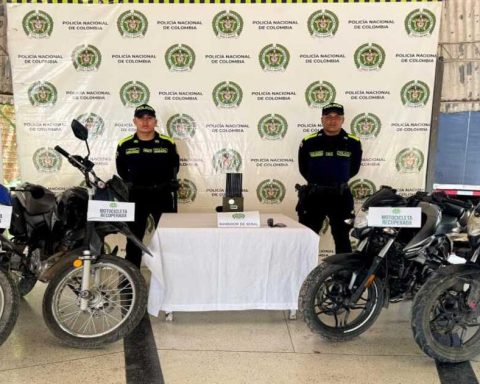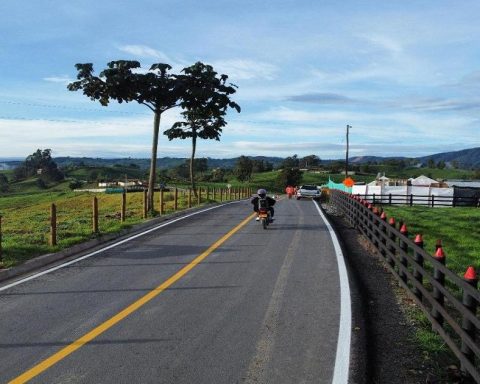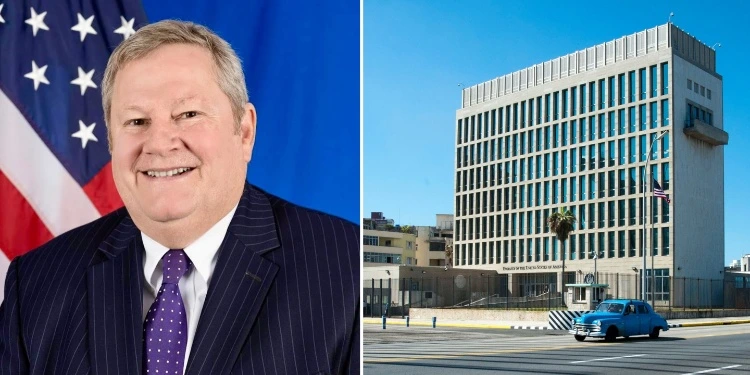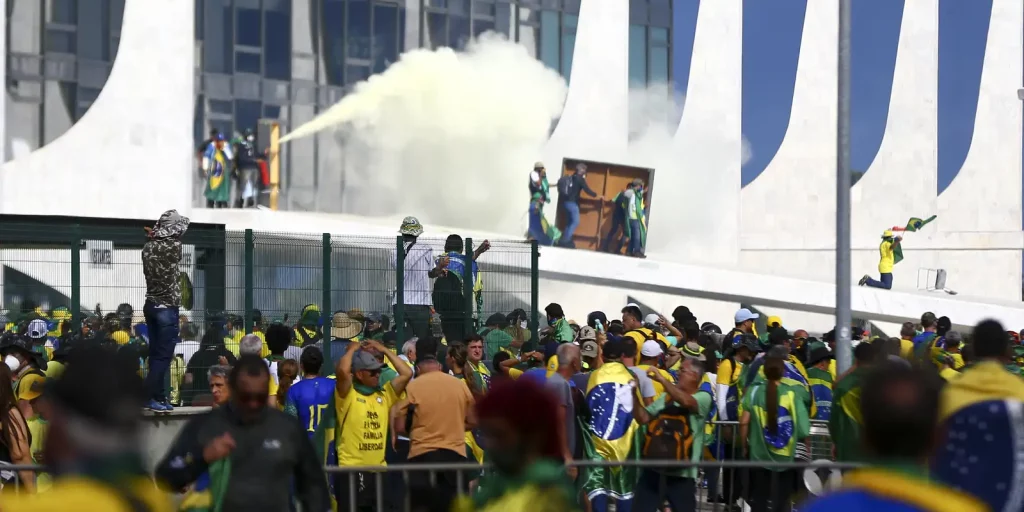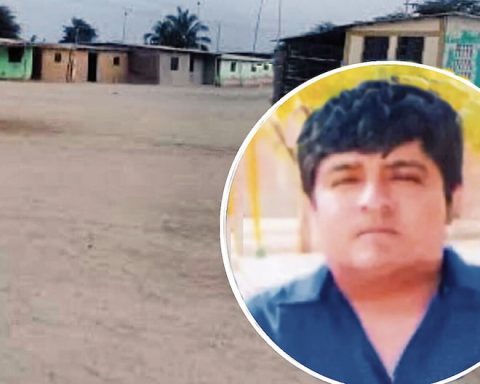Colombia is currently going through the last winter season of this year, which has caused the useful level of the reservoirs that supply both energy and water to resume their upward path.
You may be interested in: ABCs of daily water rationing in Bogotá: what you should know
According to XM, in the fourth month of the year, reservoir levels recorded figures below 30%. Given this situation in Bogotá, since April of this year it was decreed to carry out rationing by locality every nine days, which lasts 24 hours.
In June of this year, when the reservoirs rose again, it was decided to extend the measure and the cuts were no longer carried out every nine days, but rather every 19 days. But the change did not last long and it was later decided to return every nine days.
With the entry of the La Niña phenomenon, the reservoirs in the country have recovered again and have reached levels greater than 60% at the national level. However, Mayor Carlos Fernando Galán has indicated that rationing has not yet been lifted since the dams that feed Bogotá They still maintain a lag of 14%.
“With the rain that has arrived, it is positive in terms of the reservoirs because we have seen a significant increase. In the last month the level has grown by about 8%, we are already at 51.21% at this moment, in any case, we are more or less 14% below the historical average for this date in the year. Historically at this time the level is around 65%, so, although we are doing well, because we are recovering the level, we still need to be at levels that allow us to lift the measures or make them more flexible.”Galan mentioned.
Water rationing in Bogotá
Courtesy
“27 years ago it had not rained in those proportions”
On the other hand, the mayor of Bogotá spoke about what happened on the northern highway last week with the heavy rainfall that occurred and which in turn generated flooding.
Galán said that these levels of rain had not been reported for a long time. 27 years in is part of the city.
Recommended: Take note: what you cannot do with the return of daily water rationing in Bogotá
“Bogotá’s sewage network is built with a criterion that technicians call 10 years of return, which implies that it is prepared to deal with downpours or rains that occur every 10 years, so when the rains exceed that, flooding is generated. So, for example, what happened on the northern highway last week was a return time of 27 years, that is, 27 years ago it had not rained in those proportions in that part of the city,” he asserted.
He mentioned that this situation is mainly due to two reasons, the first is the accumulation of garbage and the second is the capacity of the network. In addition, it issued an alert for Bogotá, since there are 276 points that have a high risk of landslide.
LEIDY RUIZ
Portfolio Journalist.





